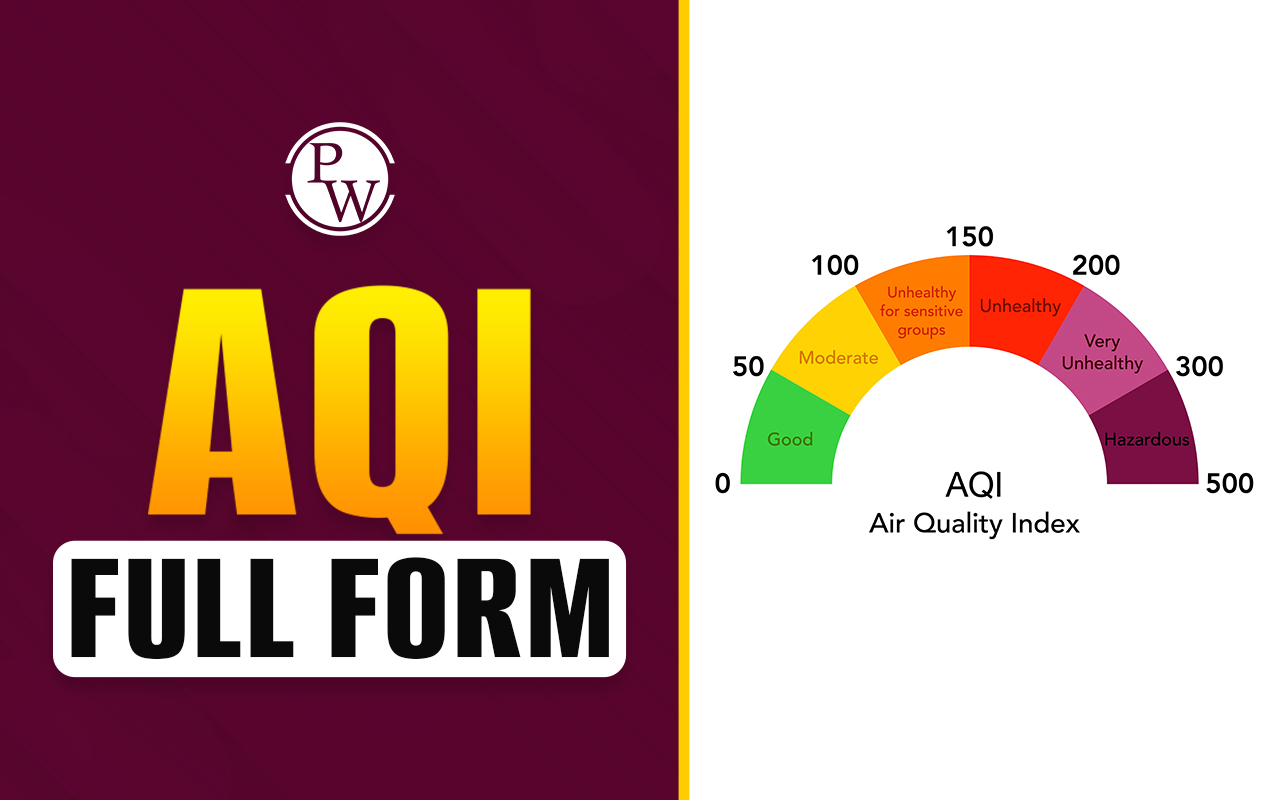

The full form of VIR is a Vehicle Information Report.
What is a Vehicle Information Report?
A Vehicle Information Report (VIR) is a comprehensive report that provides information about a specific vehicle, including its history, specifications, and condition. However, this report is typically used by individuals and organisations involved in buying, selling, or financing vehicles.
The information contained in a VIR includes details about the vehicle's make and model, year of manufacture, engine size, and VIN. It also provides information about the vehicle's ownership history, any reported accidents or damages, and its service and maintenance history. Moreover, the report may also include information about the vehicle's value, market trends, and any outstanding liabilities, such as unpaid loans or liens.
A VIR is an essential tool for anyone interested in buying a used vehicle, as it provides an objective and reliable source of information that can help you make an informed decision. However, by providing detailed information about the vehicle's history, condition, and value. Moreover, a VIR can help you avoid buying a vehicle that has been damaged, has a poor service history, or has other liabilities attached to it.
History of Vehicle Information Report
The history of Vehicle Information Reports (VIRs) dates back to the mid-20th century when. Moreover, the first car history reports came into existence as a tool for buyers and sellers to determine the history of a used vehicle. However, here is a brief overview of the history of VIRs:
Mid-20th century: The first car history reports came into existence in the mid-20th century. These reports were based on information gathered from government agencies and other sources. However, they provided a comprehensive overview of a vehicle's history, including information on accidents, title transfers, and service records.
The 1980s and 1990s: The widespread use of computers and the Internet in the 1980s and 1990s made collecting and storing information about vehicles easier, leading to the development of more sophisticated and comprehensive vehicle history reports.
21st century: In the 21st century, VIRs have become an essential tool for buying or selling a used vehicle. Moreover, with the increased availability of information and technology, VIRs now provide detailed information on a vehicle's history. However, including information on accidents, title transfers, service records, and data on a vehicle's performance and reliability.
Today: Today, VIRs are widely used by individuals and businesses, including car dealerships, insurance companies, and financial institutions. Moreover, they are essential for ensuring the safety and reliability of used vehicles and protecting buyers and sellers from potential problems and scams.
Overall, the history of Vehicle Information Reports reflects the evolution of information technology and its impact on the automobile industry. However, VIRs have become an essential for buying or selling a used vehicle and will likely continue to play a critical role in the industry for many years.
Scope of Vehicle Information Report
A Vehicle Information Report (VIR) is a document that provides detailed information about a specific vehicle. Moreover, the scope of a VIR can vary depending on the provider but typically includes the following information:
1. Vehicle Identification Number (VIN)
This unique code is assigned to every vehicle and used to identify the make, model, and year of a vehicle, its engine size and other essential details.
2. Vehicle History
This section provides information about the vehicle's history, including accidents, title transfers, odometer readings, and other important events.
3. Maintenance Records
This section provides information about the vehicle's maintenance history, including any services performed, repairs made, and parts replaced.
4. Recalls
However, this section provides information about any recalls issued for the vehicle, including the reason for the recall and the recommended steps to fix the problem.
5. Theft Records
This section provides information about any theft reports filed for the vehicle, including the date of the theft, the location, and the status of the vehicle.
6. Vehicle Specs
This section provides the vehicle's specifications, including its engine size, horsepower, torque, and other essential details.
7. Market Value
This section provides information about the vehicle's market value, including average prices for similar vehicles, estimated trade-in value and retail price.
Moreover, the scope of a VIR can vary depending on the provider and the type of report being generated, but these are some of the most common types of information that are included. However, the purpose of a VIR is to provide potential buyers with information about a specific vehicle, including its history, maintenance records, and market value, so that they are well-equipped to decide when to buy a secondhand car.
Conclusion
a VIR is a valuable tool for anyone interested in purchasing or evaluating a used vehicle. Moreover, a VIR can help potential buyers decide whether to purchase a specific vehicle and at what price by providing detailed information about the vehicle's history and condition.
[wp-faq-schema title=" Full Form of VIR FAQs" accordion=1]
Q1. How do I obtain a VIR?
Q2. Is a VIR a legal document?
Q3. Can a VIR be used to determine a vehicle's value?












